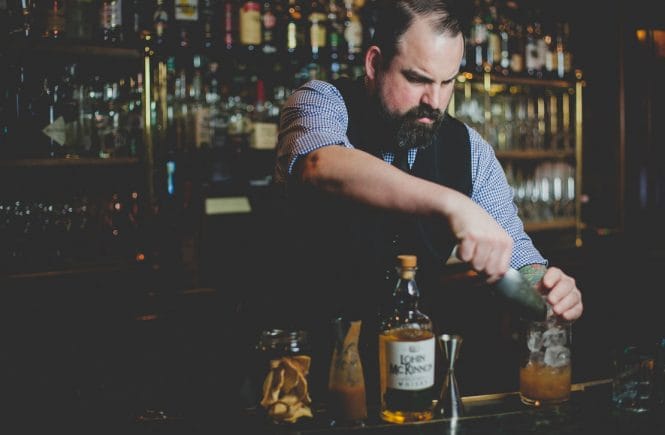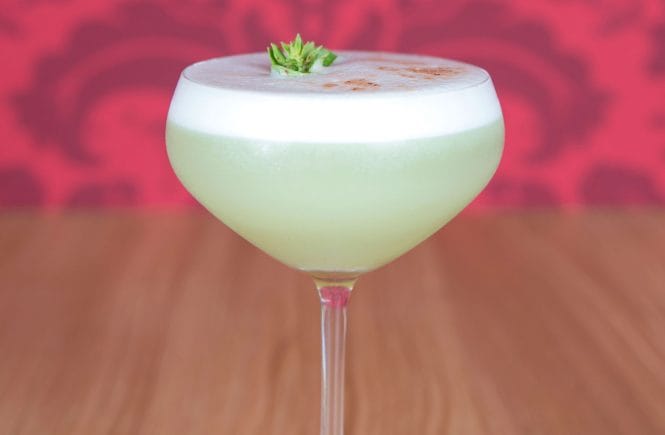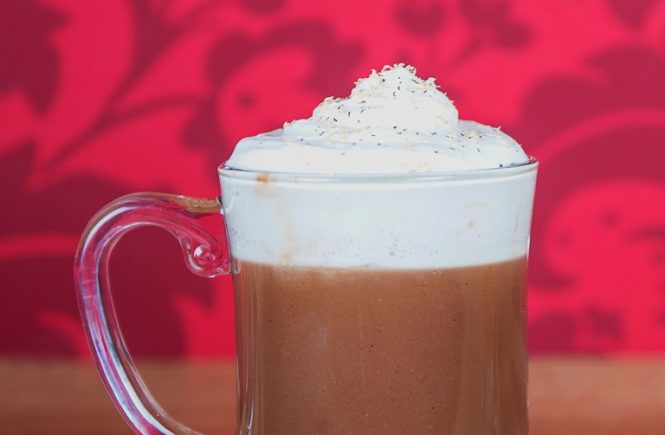Our editor’s essential cocktails
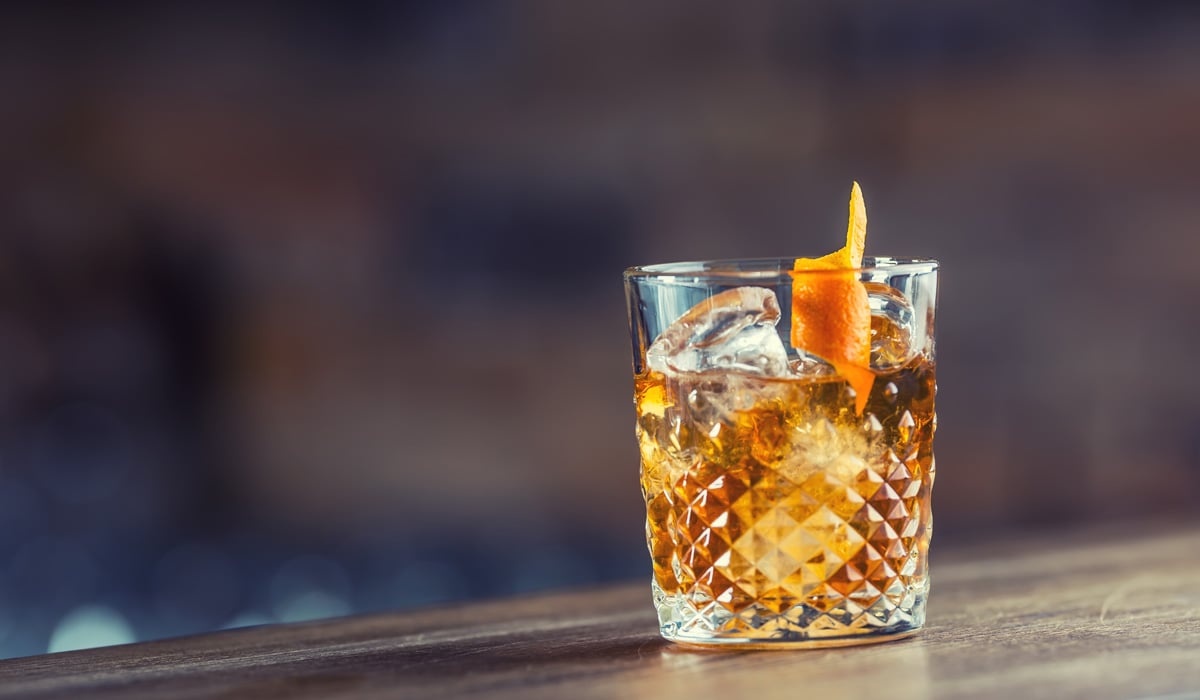
Now that we’re all spending so much more time at home, this is a good opportunity to brush up on our home-bartending skills. That means learning at least a few recipes to serve to the people in your bubble and, eventually, all the many friends you’re making on Zoom.
The most important drink you should know how to make is the one you like best. That’s also the best advice for stocking your liquor cabinet, though for your sake I hope it’s something simple, like a highball, rather than, say, a Ramos Gin Fizz, which requires egg whites, orange blossom water and a seltzer bottle, among other things.
After that, it’s best to start with classics. They are, after all, classics for a reason—they taste good, and they work—but they are also a good place to start experimenting if you want to get creative. Here are five drinks every home bartender should have in their repertoire.
The Old Fashioned
This is the original “bittered sling,” defined in 1806 as “a stimulating liquor, composed of spirits of any kind, sugar, water and bitters.” These days the spirit is usually whisky, either rye or bourbon, though rum or brandy taste pretty fine, too. In the 1950s and ’60s it was fashionable to muddle orange slices and maraschino cherries into Old Fashioneds—this just makes for a sweet, messy drink, so seriously, don’t. What makes the Old Fashioned such an enduring favourite is its simplicity. No need to muddle that up.
Make the Old Fashioned Whisky Cocktail.
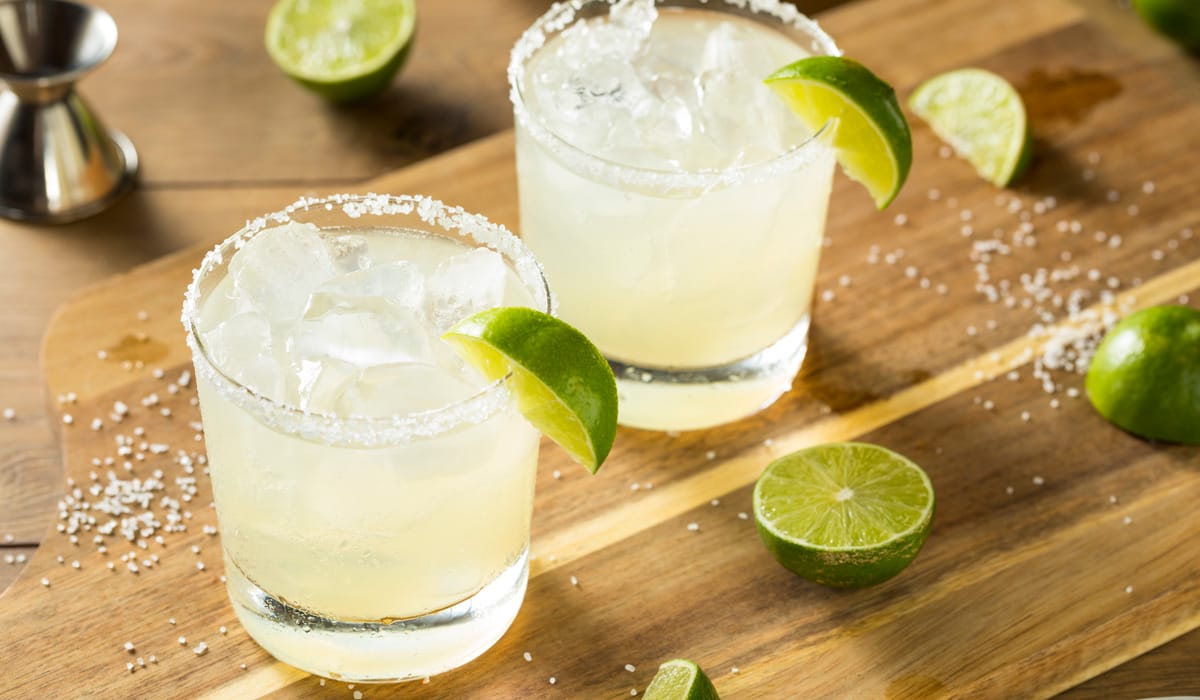
The Sour Family
Sours comprise all those drinks that balance citrus, spirits and sweetener, often in equal measure, and shaken with ice. That covers everything from Margaritas to Clover Clubs, Sidecars, Tom Collinses and, of course, the Whisky Sour. Even that fancy Ramos Gin Fizz is, at its essence, a sour. Learn how to make one, and you can really make ’em all. This formula is also a great base for experimenting with spirits, sweeteners, citrus and garnish. Think: adding ginger and pineapple to your Margarita, or blood orange juice to a Sidecar.
Make a classic Margarita.
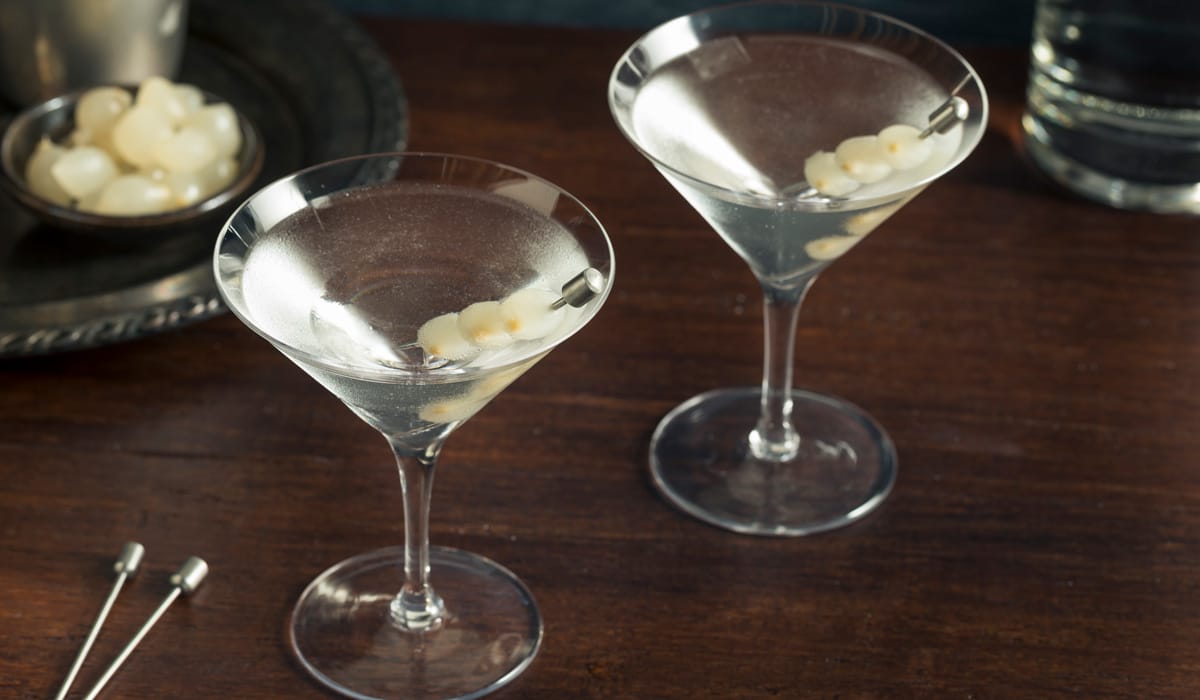
Martini, Manhattan
Stirred, spirit forward and underpinned with the bitter bite of vermouth, these elegant cocktails are the sophisticates of the drinks world. The Martini is properly gin based, with a splash of dry (white) vermouth, perhaps a dash of orange bitters and a garnish of olives, lemon zest or pickled onions. The Manhattan is properly rye whisky based, with sweet (red) vermouth, aromatic bitters and a cherry garnish. Both are usually served up in a stemmed glass, though can be served on ice. There are, of course, numerous variations on both.
Make a classic Gibson.
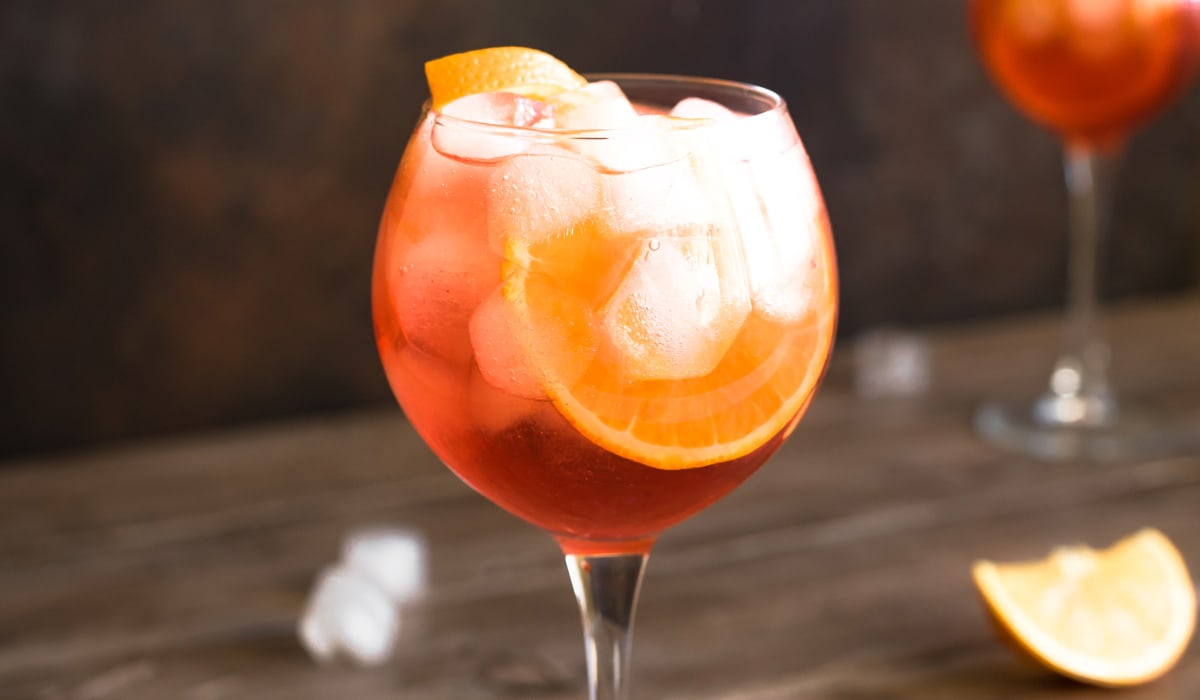
Our bitter friends
The Italians love their “amari,” potable bitters like Campari, Fernet-Branca, Cynar or Aperol that help with digestion and are the stars in these cocktails. They tend to be built over ice right in the glass (no shaker needed), are relatively low in alcohol and usually served as aperitifs to whet the appetite, or as digestifs to settle the stomach. Among them are the Negroni, Aperol Spritz, Americano and Bicicletta.
Make a Bicicletta.
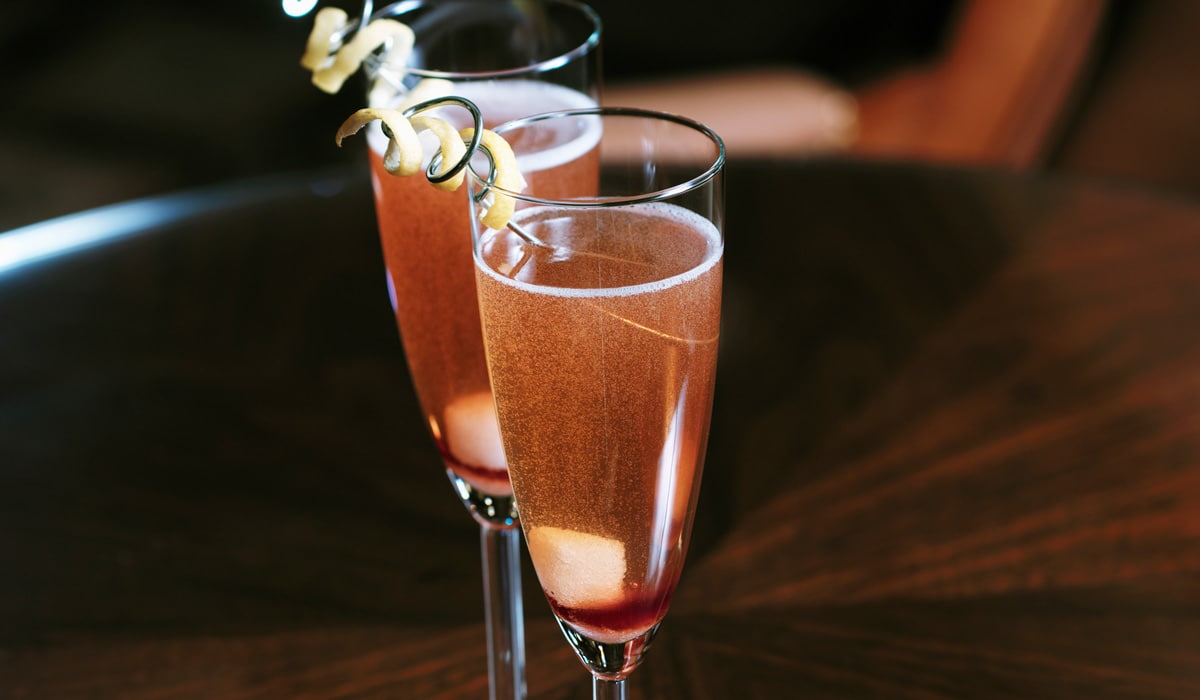
Champagne cocktails
Yes, yes, I know the Champagne Cocktail has been called a drink for “hookers and old ladies,” but it was also Dorothy Parker’s favourite cocktail, and I’m with Dorothy on this one. Bubbles make everything a little brighter, and in a classic Champagne Cocktail they are balanced with sweet and bitter elements as well as the depth of Cognac. Still skeptical? Make yours a Mimosa, French 75, Bellini or Seelbach instead.
—by Joanne Sasvari


